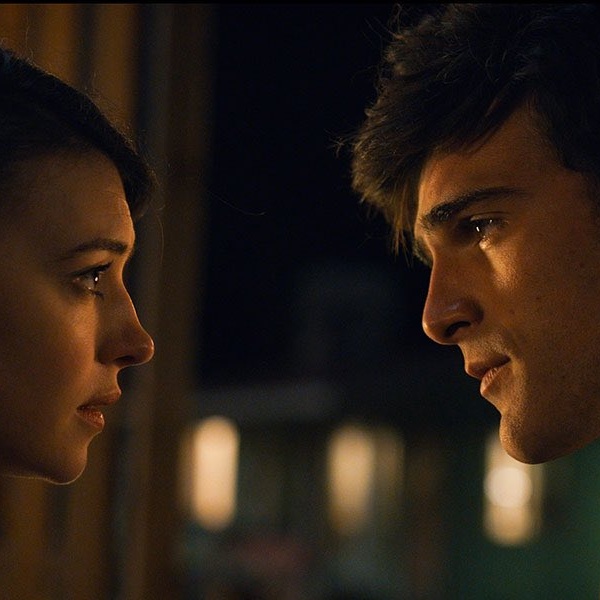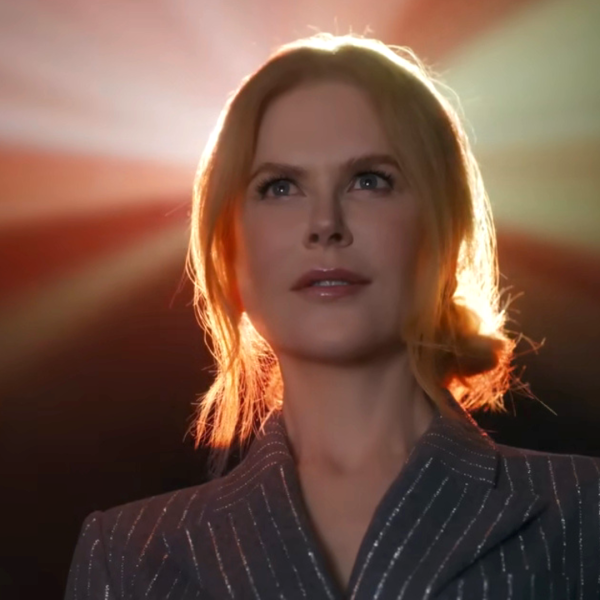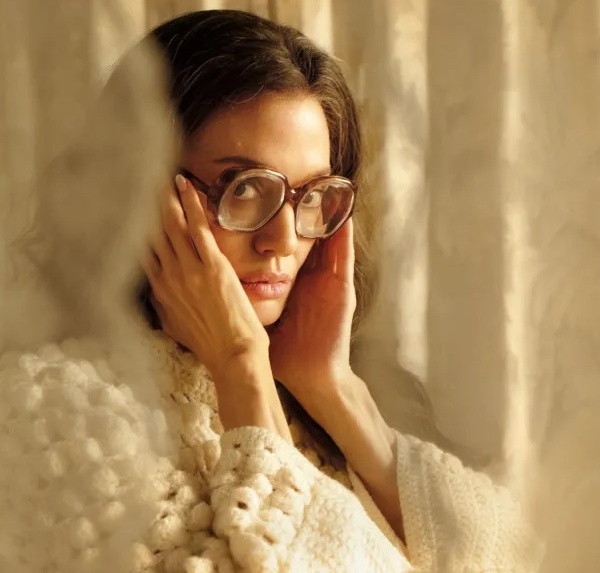Going into its third year of film programming, The Academy Museum of Motion Pictures Museum has an established style: unabashedly eclectic. This winter it will showcase everything from an Oscar-friendly George Stevens Lecture with Christopher Nolan, who will present a 70th anniversary screening of classic western “Shane;” the first-ever retrospective on Korean actor Song Kang-Ho (“Parasite”); a 10th-anniversary screening of Oscar-winner “12 Years a Slave” with director Steve McQueen; a spotlight on African cinema guest programmed by Mo Abudu and co-presented with the NAACP; and a series on natural disasters in movies that kicks off with “Twister” in 35 mm.
“There are multiple histories of cinema,” said chief audience officer Amy Homma over Zoom. “And what better way to show that than with screening as many wildly diverse, broad-ranging series, genres, and decades-spanning titles as possible? Our cinematheque program is hundreds of screenings per year and we’re screening eight to 10 titles per week. As significant as our galleries are in terms of square footage and the footprint of our physical space, we are putting resources into actively programming those theaters as often as we can with as many wide-ranging titles as we can.”
Those theaters — the 1,000-seat red David Geffen Theater in the Sphere and the 288-seat green Ted Mann Theater — are perhaps the biggest draw: They can showcase multiple formats, and director of film programs KJ Relth-Miller said cinephiles love them for it. “Anytime the headline reason for the screening is the format, be it a world premiere of a brand-new digital in 4K or photochemical restoration, or a 35- or 70mm print, or nitrate, which we’ve screened once (“Casablanca”), people show up in droves.”

The programmers were surprised two years ago when a 70mm screening of Jordan Peele’s sci-fi western thriller “Nope” sold out — even when it was still in wide release. “Younger audiences are increasingly interested in seeing films in interesting formats,” she said. “And that’s also just a film that resonated with college students and with the younger generation, and Monkey Paw is an entity with cultural cachet. Similarly, though, when we screened ‘Lawrence of Arabia’ in 70mm on a Tuesday night, we packed the house.”
Consistency helps, especially in a city jammed with competitive programming. The Academy Museum offers its franchise series on the same days: Saturday Family Matinees, Branch Select series (programmed in December by the Directors Branch), and Oscar Sundays. “People can then get tied to that experience, they know what to expect,” said Homma. “They keep coming back, they know to keep looking for it. Those significant pillars of our film programming have worked to build a base audience for us.”

The other way to grab cinephiles is to market the rarity of a series or film. A movie like Hong Kong director-star Sammo Hung’s 1987 “Eastern Condors” — otherwise unavailable on any streaming outlet, although Amazon offers it as a $70 DVD — packed the house when the Academy screened it in May. It was part of the series “Sammo Hung: From Stuntman to Star,” which performed well for the Academy.
Another successful title was Penelope Spheeris’ 2001 documentary about Ozzfest, “We Sold Our Souls for Rock ‘n Roll.” The film never saw a theatrical release, nor has it been available on DVD or streaming; it lured some 400 movie patrons. “Outside of a festival run, it is relatively unknown,” said Relth-Miller. “The rarity is also bringing out audiences.”
The museum also relies on its community and impact team, which builds ties with nonprofits, service providers, and neighborhood councils. That was key in finding support for the Women Korean Directors series this summer.
“They are also able to market and promote the programs and bring on community partners to help support the launch of a series or a singular screening,” said Homma. “We know that it’s not just if you build it, they will come. We have to be going out into the city of Los Angeles to describe what we offer. That is a key component to the success of bringing an audience for some of these titles that aren’t as widely known.”
And while a John Waters retrospective was an obvious add-on to the popular exhibition, the museum also mounted an adjacent retrospective of Gregg Araki’s work, figuring they might draw similar crowds. “The Araki weekend was tied and timed to the world premiere of the brand-new restoration of ‘Nowhere,’” said Relth-Miller. “That’s also reflecting on our galleries that are looking outside the mainstream to the American avant-garde and new queer cinema.”
The museum is also the proud host of its ongoing, kid-friendly Drag Queen Story Hour, which has featured members of the Academy’s makeup and hairstyling branch doing demonstrations as well as drag queens giving tours in the museum’s stories of cinema gallery. “We have actually worked with drag queens since we opened the museum,” said Homma. “This is just a firm commitment that we have as a museum to work in partnership with drag queens. It’s not only performance art, it gives kids a way to connect with self-love and self-acceptance.”
Later this month the museum will present its first show dedicated to experimental film, Shifting Perspectives: Vertical Cinema, in partnership with Ghetto Film School. Located in the museum’s double-height Hurd Gallery, Shifting Perspectives will showcase 25, vertically oriented short films on a 20 x 3 ft. screen that can be viewed from the second and third floors of the museum.
The museum continued to find success by mixing old movies with live music. These have included “The Wizard of Oz” with live orchestral accompaniment from the Youth Symphony Orchestra and “The Wiz” in partnership with Debbie Allen’s Dance Studio, with her students dancing live. “At the end of the film, to ‘Brand New Day,’” said Homma, “they were syncing up their choreography onstage in the David Geffen theater to the choreography of the film.”
The 2023 Silent Sundays series merged live music with silent film. “These are memorable one-night-only moments that blend concert and live performance art with a film screening presentation,” said Homma.

For the Ennio Morricone retrospective, the museum will cover 20 films across Oscar Sunday screenings. It also includes U.S. premiere of the documentary “Ennio” by Giuseppe Tornatore. “I tried to create a blend of films like ‘Suspiria’ that have some recognition [and] other films that just had regional recognition,” said Relth-Miller. “Those two in dialogue with each other will make for an interesting juxtaposition throughout the fall.”

And then there’s the irresistible lure of Looney Tunes in a cool, dark room. “We have folks who visit our museum who are coming to our exhibitions only, and we have folks who come to our cinemas only,” said Relth-Miller. “There’s crossover, but we want to make the Venn diagram even more of an overlap.”
This summer, that meant offering a free screening of restored Looney Tunes cartoons every Saturday and Sunday; this fall, it’s new restorations of Fleischer animated shorts with characters like Koko the Clown, Betty Boop, and Minnie the Moocher.
“We’re capturing about a tenth of [daily museum visitors]” she said. “Which is pretty good.”






